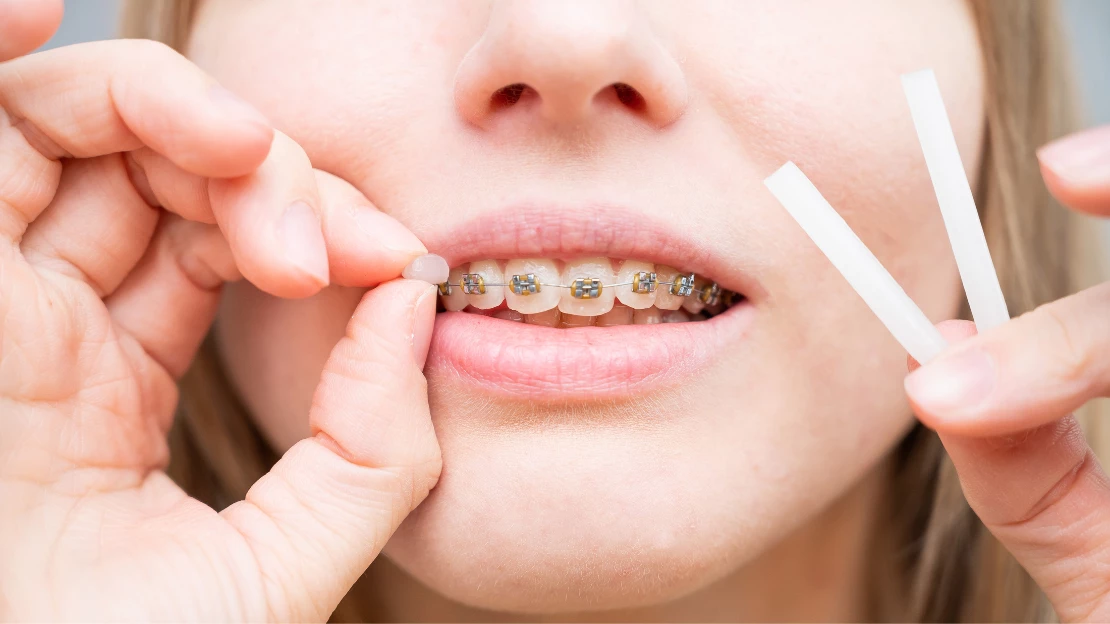Legacy Orthodontics Things To Know Before You Get This
Legacy Orthodontics Things To Know Before You Get This
Blog Article
The smart Trick of Legacy Orthodontics That Nobody is Discussing
Table of ContentsThe Main Principles Of Legacy Orthodontics Not known Factual Statements About Legacy Orthodontics Unknown Facts About Legacy OrthodonticsLegacy Orthodontics Things To Know Before You BuyLegacy Orthodontics for Dummies
In addition, we provide flexible treatment timetables, versatile settlement choices and a fun, satisfying experience.An orthodontist is a dentist trained to identify, stop, and treat teeth and jaw abnormalities. Orthodontists function with people of all ages, from kids to adults.
Malocclusion, or misaligned teeth, can bring about oral problems, including dental cavity, periodontal condition, and difficult or uncomfortable eating. Not every person is born with straight teeth. If you have a negative bite or big spaces between your teeth, you might desire to seek advice from a dental expert focusing on orthodontic treatment.
The 5-Minute Rule for Legacy Orthodontics
( Image Credit History: DigitalVision/Getty Images) Orthodontists use repaired and detachable oral devices, like braces, retainers, and bands, to change the placement of teeth in your mouth. Orthodontic treatment is for dental irregularities, consisting of: Crooked teethBite issues, like an overbite or an underbiteCrowded teeth or teeth that are also much apartJaw misalignmentThe goal of orthodontic therapy is to improve your bite.
A healthy bite ensures you can consume, eat, and talk properly. While you might believe of orthodontists as generally for youngsters or teenagers that need braces, they can deal with oral troubles at any age. Orthodontists participate in university, oral institution, and orthodontic school. After graduation, they invest 2 or 3 years in an orthodontic residency program.
All orthodontists are dental professionals, however not all dental professionals are orthodontists. Orthodontic residency programs provide extensive, concentrated direction for oral specialists. They concentrate on 2 locations: Exactly how to properly and safely move teeth How to effectively direct advancement in the teeth, jaw, and faceOnce an orthodontist has completed training, they have the option to end up being board accredited.
Getting My Legacy Orthodontics To Work
Malocclusion leads to tooth congestion, an irregular jaw, or uneven bite patterns. Malocclusion is typically treated with: Your orthodontist connects steel, ceramic, or plastic square bonds to your teeth.
If you have just small malocclusion, you might have the ability to utilize clear dental braces, called aligners, as opposed to traditional braces (https://www.indiegogo.com/individuals/38096627). Some people require a headgear to assist move teeth into line with stress from outside the mouth. After braces or aligners, you'll need to put on a retainer. A retainer is a customized tool that keeps your teeth in position.
They're frequently made use of on youngsters. They can produce extra space in the mouth without needing to draw teeth. If you have a major underbite or overbite, you could need orthognathic surgical treatment (also called orthodontic surgical procedure) to lengthen or reduce your jaw. Orthodontists use wires, surgical screws, or plates to sustain your jaw bone.
You might need to see an orthodontist if you have: Crowding or otherwise sufficient area for all of your teethOverbite, when your upper teeth come your bottom teethUnderbite, when your base teeth are too far forwardSpacing or problems with gapsCrossbite, which is when your upper teeth fit behind your base teeth when your mouth is closedOpen bite or a vertical gap in between your front base and top teethMisplaced midline, when the center of your bottom and upper teeth do not line up Dealing with a dental malocclusion can: Make biting, chewing, and speaking easierImprove the proportion of our face and your total appearanceEase pain from temporomandibular joint conditionsSeparate your teeth and make them simpler to cleanse, assisting avoid dental caries or tooth cavities It's commonly a dental professional who initially notifications misaligned teeth during a regular examination.
Legacy Orthodontics Can Be Fun For Anyone

Throughout your first orthodontic appointment, you'll likely have: A dental examPhotos taken of your face and smileDental X-raysPanoramic (360 degree) X-rays of your face and headImpressions to produce molds of your teethThese tests will aid your orthodontist understand how to proceed with your therapy. orthodontist. An orthodontist is a dentist who's had training to treat your teeth and jaw
An orthodontist is focused on your bite, so something like a damaged tooth would be dealt with by a dentist. Orthodontists are focused on your bite, or the way your teeth fit together, and the straightness of your teeth.
Ever questioned just how celebrities always appear to have flawlessly lined up teeth? The solution frequently hinges on the knowledgeable hands of an orthodontist. visit the site What precisely does an orthodontist do? Orthodontists are oral experts who concentrate on correcting irregularities in the teeth and jaws. Their experience surpasses just developing a lovely smile; it reaches enhancing your total dental wellness and function.
More About Legacy Orthodontics

, orthodontists have a varied toolkit at their disposal. These reliable braces utilize a system of brackets bonded to the teeth and connected by cables.
These removable trays are tailor-made to progressively change the teeth's position. In cases of slim jaws, palatal expanders can be used to create room for correct tooth positioning.
Report this page